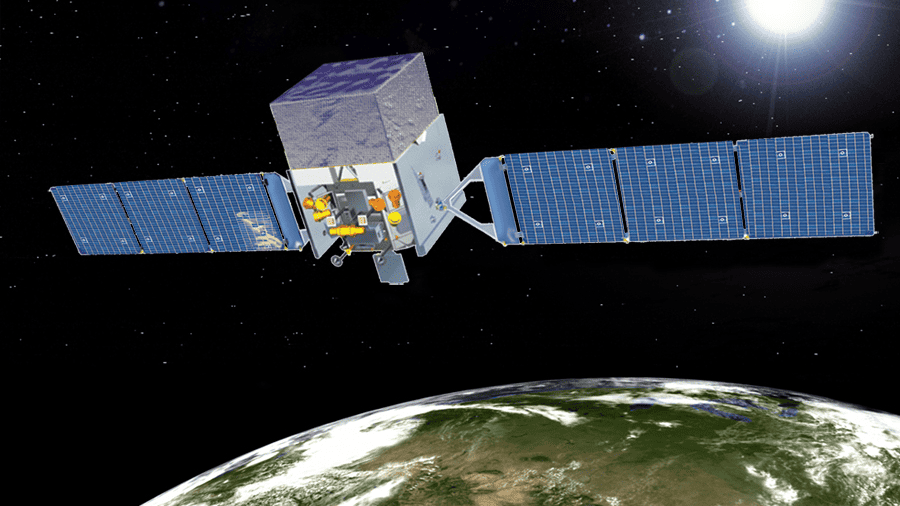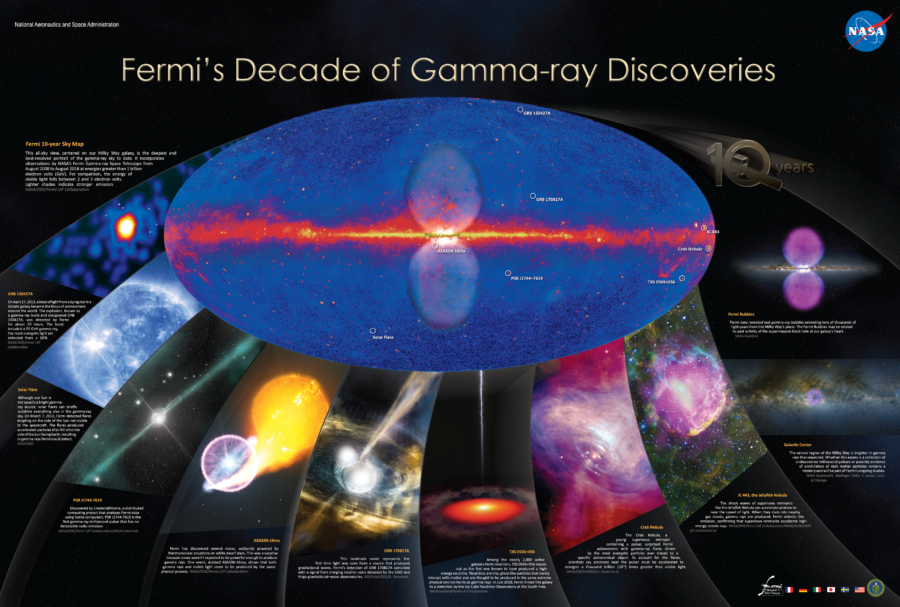Strange Signal From Outside Our Galaxy Discovered By NASA

Close encounters with a sentient species beyond our solar system may be closer than we think or are prepared for. Indeed, NASA astronomers have stumbled upon a groundbreaking discovery—an unexplained “signal,” one originating from beyond our galaxy. Experts encountered this unexpected piece of data while processing 13 years’ worth of intel garnered by the Fermi Gamma-ray Space Telescope.
Astronomer Francis Reddy of the Goddard Space Flight Center opined that the signal is as mysterious as it is unpredicted. The Fermi telescope that encountered it is designed to detect gamma rays—energetic bursts of light far more intense than what human eyes can perceive.
But in its search for gamma rays during routine observations, the legendary telescope hit upon something else: the enigmatic signal.
Another NASA scientist and cosmologist at the University of Maryland, Alexander Kashlinsky, emphasized the serendipitous nature of this discovery during his presentation of the findings at the American Astronomical Society.
According to Kashlinsky, the signal was much more potent than others usually picked up by the gamma-ray search; moreover, it emerged in a totally unexpected sector of the cosmos, one scientists were not focusing on.
And what were they focusing on?
Primarily, cosmic microwave background (CMB), a gamma-ray feature associated with the advent of the first atoms in the universe. For those of us not smart enough to be on NASA’s payroll, CMB is constituted by a dipole structure (meaning very close, duel-pronged electric charges featuring opposing polarity) typically associated with the motion of our solar system.
But instead of CMB, astronomers encountered the signal mentioned above, stemming from a generally similar direction in the sky, but possessing an enormous magnitude—one identical to another, exciting feature of the cosmos, famous for evidencing some of the most energetic cosmic particles ever detected.

Indeed, the signal—technically a gamma-ray dipole—peaked in the southern sky, explained astrophysicist Chris Shrader, distanced significantly from any CMB; even more strikingly, its magnitude exceeded what NASA expected by a factor of ten.
The full, exciting paper, recently published in The Astrophysical Journal Letters, links the mysterious signal to another odd gamma-ray feature picked up by the Pierre Auger Observatory in Argentina in 2017.
Analysing the recent signal, and given their structural similarities, astronomers speculate both phenomena could have emerged from a single—as yet unidentified—source.
The unexpected discovery provides new avenues for understanding how Diplo structures form in the cosmic microwave background. One of the paper’s coauthors, NASA’s Fernando Atrio-Barandela, advanced that the unpredictable signal ultimately offers a window into the mechanics underlying the earliest stages of the universe.
We’ll have to wait to find out whether that source is an alien technology kicking off the plot to a sci-fi movie or something natural. Most likely, this is a natural phenomenon. The real value in the signal is, as Atrio-Barandela sees it, that we could learn scientific details about the universe dating back to when “it was less than a trillionth of a second old.”
Meanwhile, the scientists remain optimistic about hitting upon the enigmatic source of the signal or, equally compelling, developing alternative explanations for the observed anomaly. Either way, this significant discovery by NASA will robustly contribute to learning about the earliest stages of our universe.
Source: The Astrophysical Journal Letters













